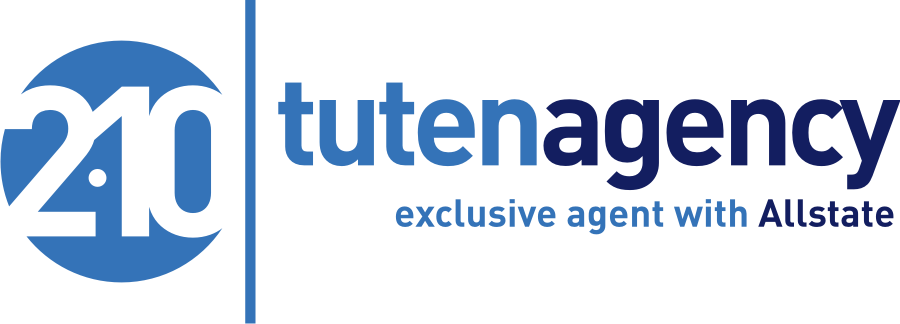Insurance is a crucial aspect of achieving financial goals, protecting your assets along the way. But understanding insurance can be tough. Imagine it’s like trying to change your car’s oil while driving – not easy. Don’t worry! The solution lies in your insurance declaration page. It’s like a roadmap for your policy. This article breaks down the page’s details, making it easier for you to grasp and make smart decisions about your coverage.
What Is an Insurance Declaration Page?
The insurance declaration page, often referred to as a standard declaration page or dec page, acts as a condensed summary of your insurance policy. It serves as a snapshot, outlining the who, what, and how much of your coverage, whether it pertains to your car or home. Think of it as a Wikipedia page for your insurance, with the added assurance that not just anyone can edit it and claim the earth is flat. The declaration page encompasses vital details such as limits of liability, deductibles, policy number, policy duration, and the effective date.
Obtaining Your Insurance Declaration Page
Easy access to your insurance declaration page is paramount, as it is sometimes required as proof of insurance. Typically available for download on your insurance carrier’s website, obtaining it is a straightforward process. In cases where it’s not readily accessible, reaching out to your insurance provider ensures a swift delivery. It’s crucial to note that even if you bundle home and auto insurance, the coverages are presented in separate documents. Regularly reviewing your declaration page is advised, as your insurance carrier issues an updated version with each policy renewal.
Auto Insurance Declaration Page
Breaking down your auto insurance declaration page reveals crucial information:
- Policy Period: Specifies when your policy starts and ends, with the policy number also provided.
- Drivers: Lists covered drivers and identifies excluded individuals.
- Vehicles: Details your vehicles, including year, make, VIN, and associated coverages.
- Loss Payees: Identifies parties with vested interests in the vehicle, such as lenders or financial institutions. If you have an outstanding loan on the vehicle and the vehicle is declared a total loss due to an accident, Loss Payees typically will be the people that get paid first to ensure the loan is satisfied.
- Discounts: Acknowledges any discounts applied to your premium.
- Premium: Outlines the cost of your coverage.
- Coverages: Provides a breakdown of your insurance coverage, including any additional coverages.
- Limits: Specifies the maximum amount the carrier will pay out in the event of a claim.
Homeowners Insurance Declaration Page
The homeowners insurance declaration page shares similarities with the auto insurance layout:
- Policy Number and Address: Essential for filing claims, it includes the policy number and insured property address.
- Effective Date: Indicates when the policy begins and ends, typically lasting a year.
- Limits: Outlines the maximum payout for various claim types.
- Deductible: Specifies the out-of-pocket amount before the insurance company contributes.
- Premium: Details the cost of insurance, with options for monthly or yearly payments.
- Discounts: Highlights any applied discounts.
Importance of Reviewing Your Declaration Page
Regularly reviewing your insurance declaration page is more than a good practice; it’s a necessity. Ensuring accuracy, understanding coverages and limits, and being aware of discounts and premiums are vital steps towards comprehensive insurance comprehension.
Finding the Right Coverage
Armed with the knowledge embedded in your insurance declaration page, you can navigate the insurance landscape with confidence. Whether for your home or car, the declaration page is an invaluable tool that ensures your assets and finances are safeguarded against life’s uncertainties. For those seeking expert guidance or comparing rates, tutenagency an exclusive agent of Allstate are available to offer free quotes and address any questions.
Conclusion
In conclusion, the insurance declaration page serves as a beacon, guiding you through the intricate world of insurance. Regular scrutiny and understanding of this document empower you to make informed decisions, securing the best coverage for your needs. Embrace the power of your insurance declaration page, ensuring your financial well-being remains steadfast in the face of life’s unpredictabilities.
FAQs
Where can I get expert guidance on interpreting my insurance declaration page?
If you need assistance understanding your declaration page or comparing insurance rates, you can seek guidance from insurance experts like tutenagency, an exclusive agent of Allstate, who can offer free quotes and address your insurance-related questions.
What should I do if I find errors or discrepancies on my declaration page?
If you identify errors or discrepancies on your declaration page, it’s crucial to contact your insurance provider immediately to have them corrected. Accurate information is essential for proper coverage.
Are there any penalties for not reviewing my declaration page regularly?
While there are no direct penalties, failing to review your declaration page could lead to misunderstandings about your coverage. In the event of a claim, you might not be fully aware of what’s covered, potentially leading to unexpected expenses.
Disclaimer: This content is for informational purposes only and should not be considered legal or financial advice. Always consult with qualified professionals in legal and financial fields before making any decisions.

